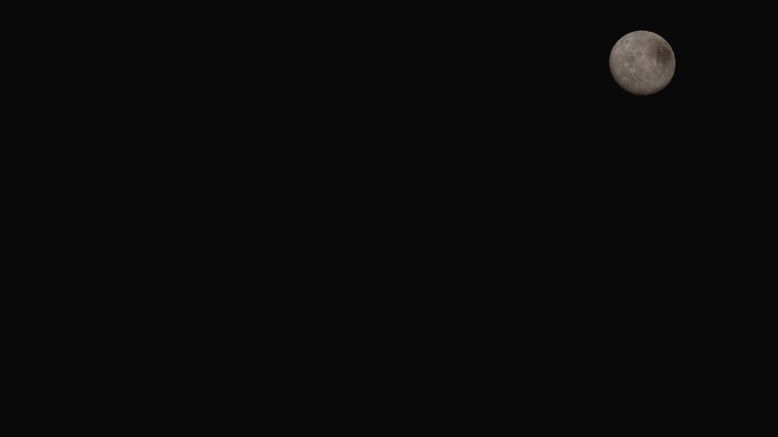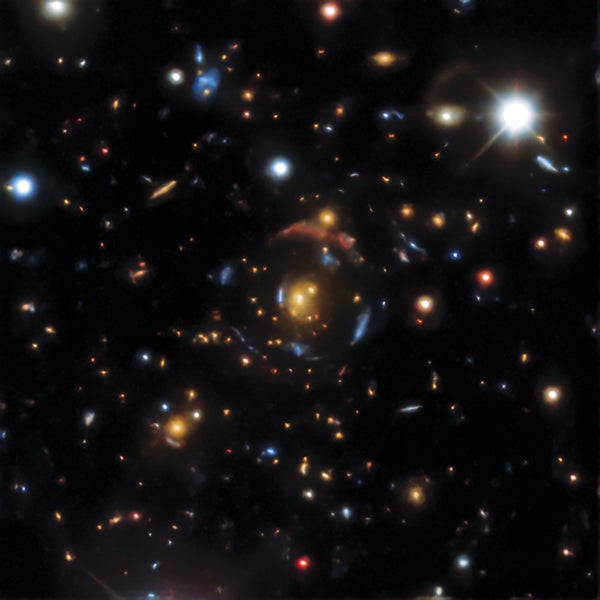By most measures, Earth is small. The solar system’s largest planet, Jupiter, could fit over 1,300 Earths inside it. But Earth isn’t the smallest planet in the solar system; that title went to Mercury after Pluto was relegated to a dwarf planet in 2006. But are there even smaller planets out there? And, if so, do we know of any?
Unsurprisingly, very small exoplanets, or planets orbiting other stars, are extremely hard to spot. But of the ones scientists have found, the smallest is Kepler 37-b. Discovered in 2013 by scientists using data from the Kepler space telescope, it is smaller than Mercury and about the same size as Earth’s moon.
“We were finding quite a few Earth-sized things, but not very much smaller than that,” said Thomas Barclay, an astrophysicist at NASA’s Goddard Space Flight Center and first author of the 2013 paper that first identified the planet. “It was kind of an outlier.”
Related: A dwarf planet beyond Neptune has a mysterious ring that astronomers can’t explain
Like all exoplanets discovered by the Kepler space telescope, Kepler 37-b was detected using a technique called the transit method. As faraway planets orbit their stars, they transit — or pass in front of — their stars, creating a slight dimming of the star. For stars and planets in the right position relative to our solar system, scientists can analyze the dimming and infer not only the existence of a planet but also some of its properties — what it’s made of, its distance from its star, and its size.
As its name suggests, this tiny exoplanet orbits the star Kepler-37, which is about 209 light-years from Earth. Kepler-37 is the same general type of star as the sun, but it’s slightly smaller and cooler. It also hosts three other planets, though none are as small as Kepler 37-b. To confirm the size of Kepler-37 — and, therefore, the size of Kepler 37-b — Barclay said his team worked with colleagues who used asteroseismology, the analysis of the natural oscillations in a star’s brightness.
Kepler 37-b is rocky and much closer to its star than Earth — or even Mercury — is to the sun. Therefore, Kepler 37-b takes only 13.4 Earth days to orbit its star. Like Mercury, it likely has an extremely harsh surface and no atmosphere.
But is Kepler 37-b really a planet? It certainly isn’t like any of the planets in the solar system. In fact, the definition of a planet is tailored mostly to our solar system, Barclay said. According to the International Astronomical Union, a planet must orbit a star, be large enough to have coalesced into a spherical shape, and clear its orbit and surrounding area of any objects of similar size.
With exoplanets, it’s harder to say for sure, and it can be especially difficult to tell if an exoplanet is truly clearing debris and similarly sized objects from its orbit, Barclay said. But with Kepler 37-b, there isn’t much doubt, he added.
“It’s big enough, and has enough gravity; it’s close enough to its star that it would clear out an area of influence,” he said. “So it certainly would be considered a planet by any definition.”
Although Kepler 37-b has held the title of “smallest planet” for over a decade, it won’t hold that designation forever, Barclay said. Since the Kepler space telescope was retired in 2018, scientists have been devising new ways to discover exoplanets, including the Nancy Grace Roman Space Telescope, for which Barclay is the operations scientist.
The telescope, scheduled for launch by May 2027, will use a technique called microlensing, a type of gravitational lensing, to find exoplanets. Microlensing events happen when a star’s gravity bends the light from a more distant, unrelated background star around it. If the alignment is perfect, the closer star works as a lens for the background star, magnifying its light. If the closer star has a planet, the light is amplified more. Scientists can analyze the minute spike in light to infer the properties of any exoplanets orbiting the closer star.
According to NASA, the Roman telescope may find about 2,600 exoplanets by scanning the skies for these microlensing events. The new telescope “almost certainly is going to find planets smaller than this one,” Barclay said.














